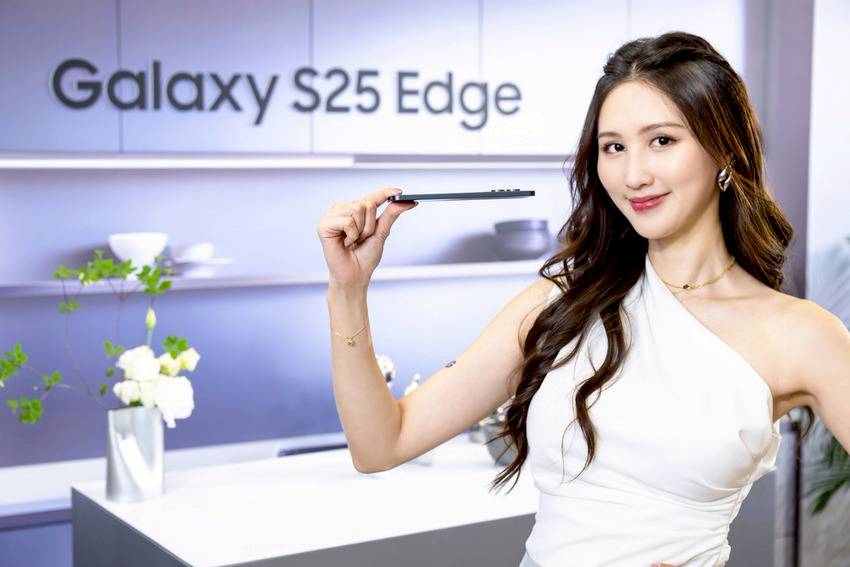Smartphones in the modern era are known for their sleek and slim designs. While a thin profile is desirable, there is a fine line between thinness and usability. Ergonomics play a crucial role in ensuring that smartphones are comfortable to hold and use. Unfortunately, some manufacturers prioritize extreme thinness over user comfort, as seen with the latest Samsung Galaxy S25 Edge.
Apple is set to follow suit with the upcoming release of the iPhone 17 Air, which is rumored to be exceptionally thin. These thin devices come with trade-offs, most notably in battery capacity. The Galaxy S25 Edge, for example, sacrifices battery life for its slim design, a decision compounded by the absence of a silicon-carbon battery.
The debate over thinness versus functionality extends to the iPhone 17 Air, as it is expected to feature a large display with a smaller battery capacity. While thin and lightweight devices may appeal to some users, the impact on battery life cannot be ignored.
Despite the marketing hype surrounding ultra-thin smartphones, practicality should not be overlooked. The Galaxy S25 Edge, with its 5.8mm thickness, may appear impressive, but it raises concerns about battery performance. Similarly, the rumored 5.5mm thickness of the iPhone 17 Air suggests a potential compromise in battery life.
It is worth noting that the development of the Galaxy S25 Edge predates the iPhone 17 Air, debunking any claims of imitation. However, the pursuit of ultra-thin designs raises questions about the necessity of such extreme slimness in smartphones.
Ultimately, the emphasis on ultra-thin smartphones may not align with consumer preferences for a balance between design and functionality. While thin devices may have their appeal, the drawbacks in battery capacity raise valid concerns. Samsung and Apple have other options available that offer a better balance between thinness and performance, making the ultra-thin trend seem more like a marketing strategy than a practical choice for consumers.

